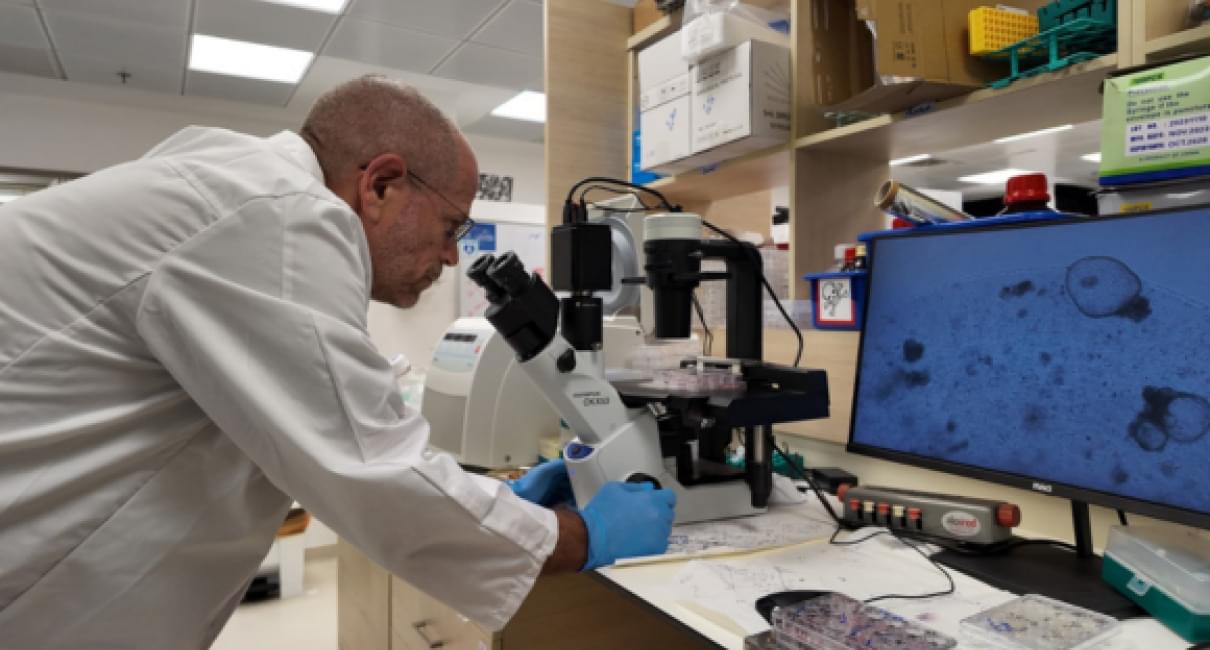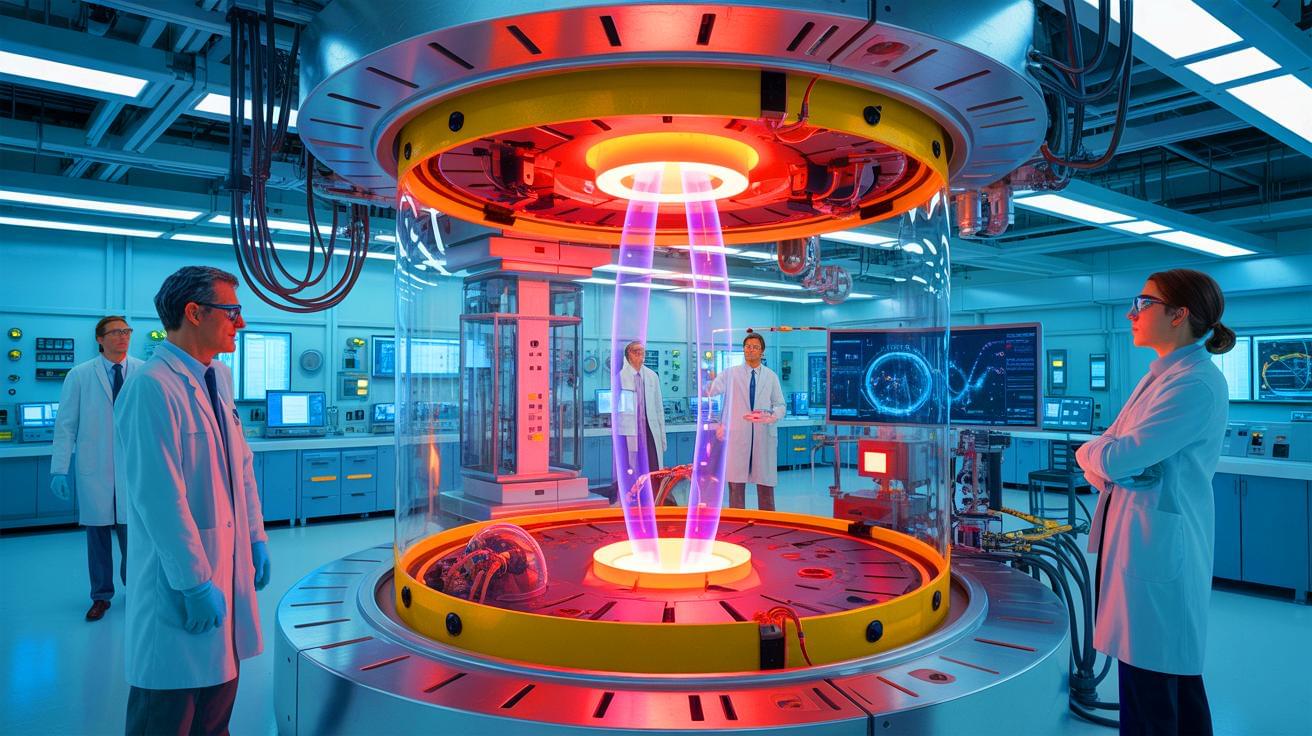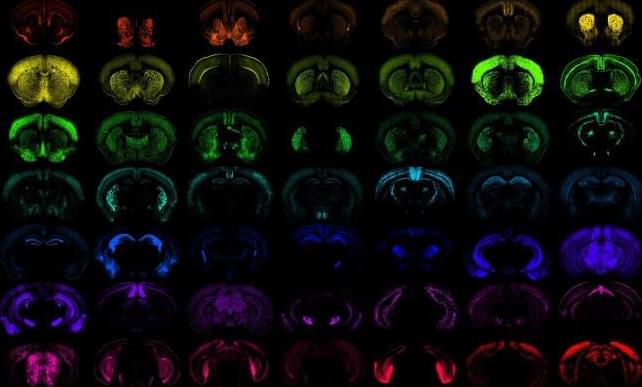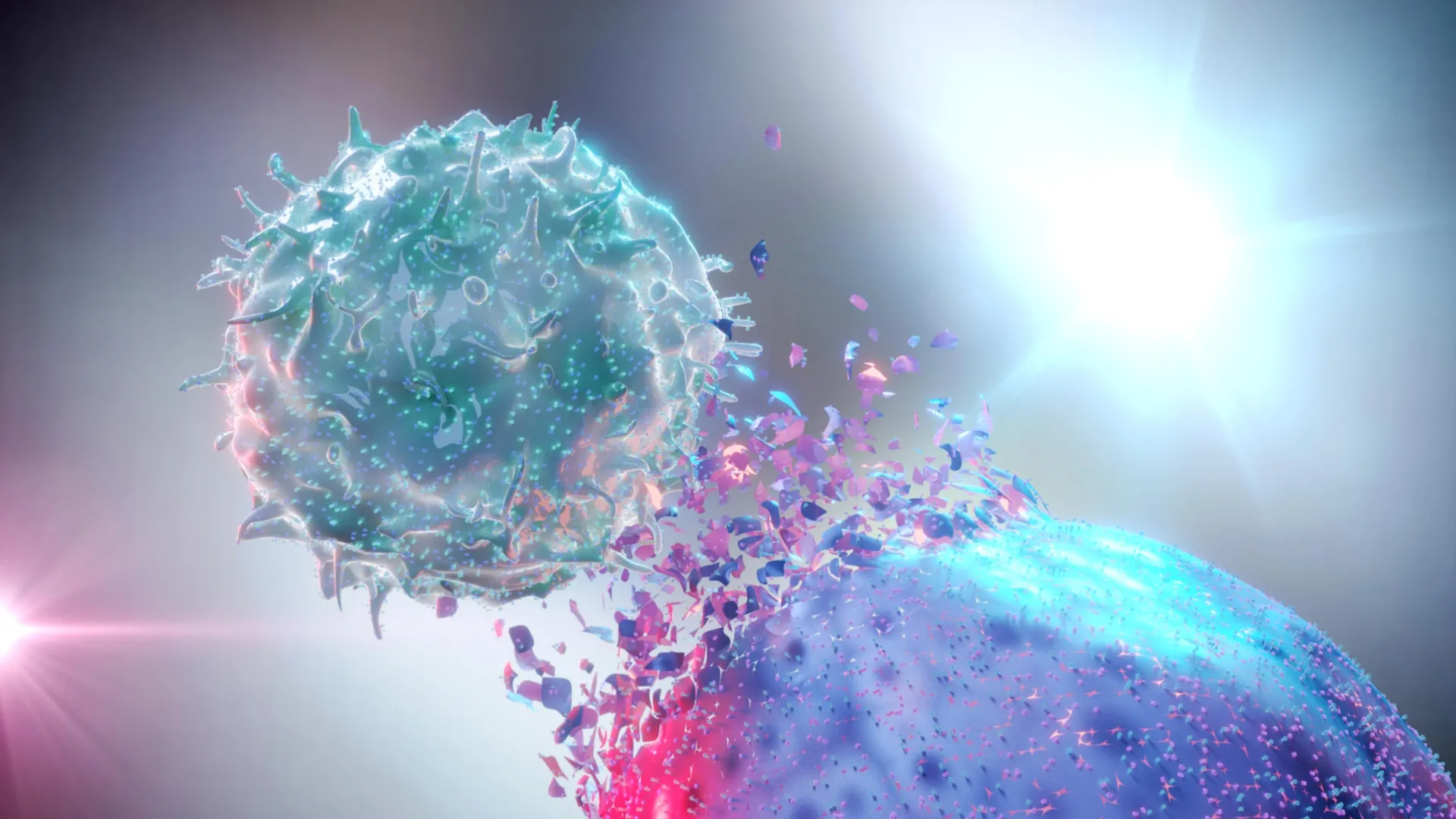A lab-grown kidney model is giving researchers a rare view into human development, birth defects, and potential new therapies.


Year 2024 face_with_colon_three
LG SIGNATURE OLED T, the world’s first 77-inch 4K wireless, transparent TV!
The LG SIGNATURE OLED T is a true technological marvel, combining a transparent 4K OLED screen and LG’s wireless video and audio transmission technology to transform the screen experience in ways that have never been possible before.
The OLED T is the winner of five CES 2024 Innovation Awards, including a Best of Innovation honor.
#LGOLEDT #OLEDT #LGSIGNATUREOLEDT

US’ inverted D plasma research leads to breakthrough in nuclear fusion reactor control.
Scientists at the DIII-D National Fusion Facility are investigating a different approach to tokamak operation that has yielded promising results for the design of future fusion power plants.
Recent experiments have demonstrated that a plasma configuration known as “negative triangularity” can achieve the high-performance conditions necessary for sustained fusion energy, while also addressing a critical challenge related to heat management inside the reactor.

IN A NUTSHELL 🔬 The Los Alamos experiment achieved a fusion energy yield of 2.4 megajoules, marking a significant breakthrough. 💡 The innovative THOR window system was used to create a self-sustaining “burning plasma.” 🔧 Modifications to the standard hohlraum allowed for the escape of X-rays, aiding in the study of radiation flow and energy





Scientists have uncovered a hidden weakness in one of the deadliest childhood cancers. The tumors, which spread quickly and are notoriously hard to treat, rely on a sugar-processing pathway to survive and grow. By blocking this pathway, researchers were able to slow down the cancer and make it more vulnerable to treatment. This breakthrough opens the door to new therapies for children and young adults facing a disease with very few options today.
What the hook? 3D-printed joints cut repair costs, prevent construction waste.
Scientists in Austria have developed a new hook-and-loop fastening system that has the potential to dramatically reduce construction waste and make buildings easier to adapt, repair, and reuse.
The innovative component was designed by an interdisciplinary research team at the Graz University of Technology (TU Graz) in the Austrian province of Styria as part of the ReCon project.
Inspired by Velcro, the original hook-and-loop fastener invented in 1948 by Swiss engineer George de Mestral, the novel product enables structural components to be securely connected and easily separated when needed.